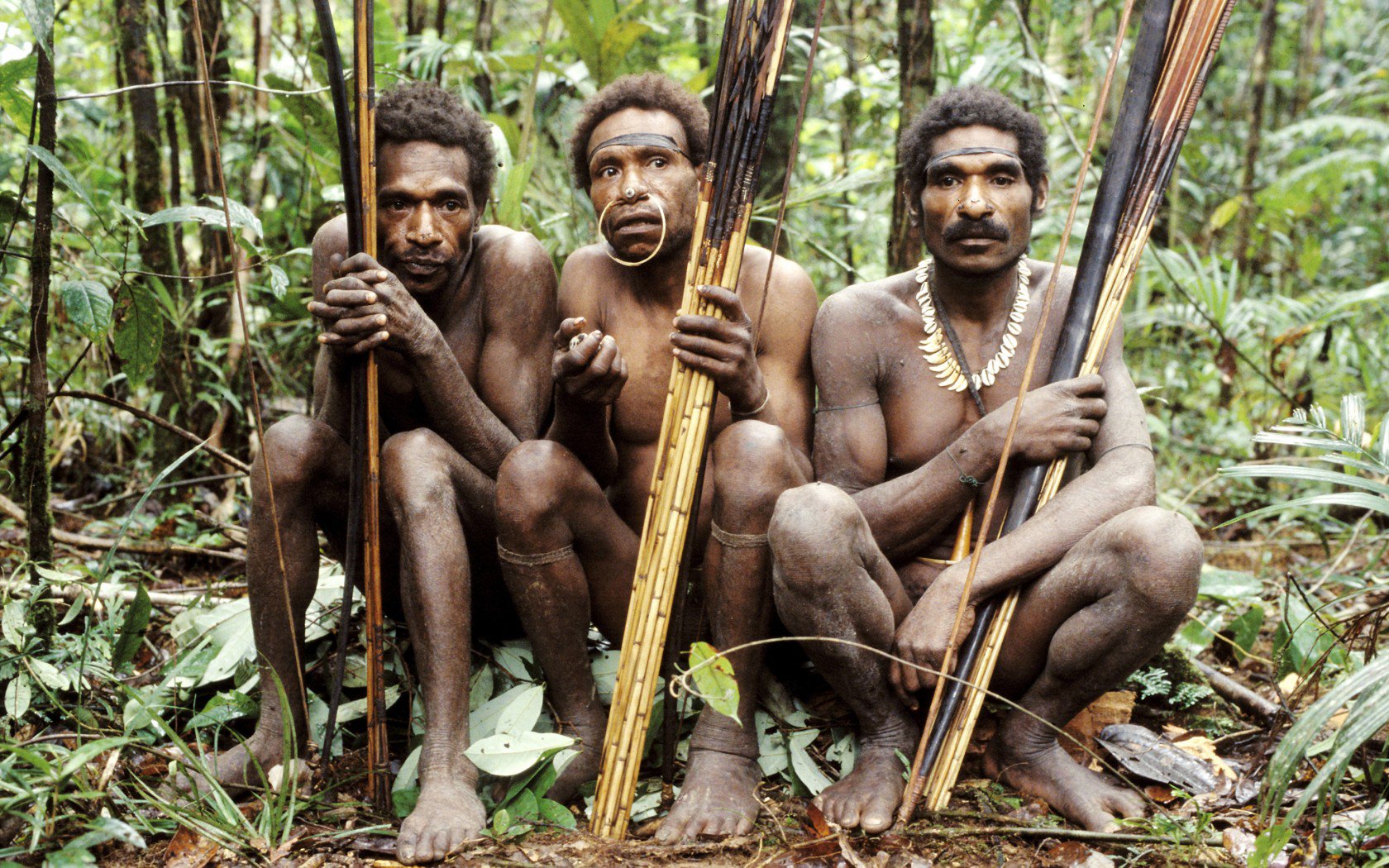Mursi Tribe
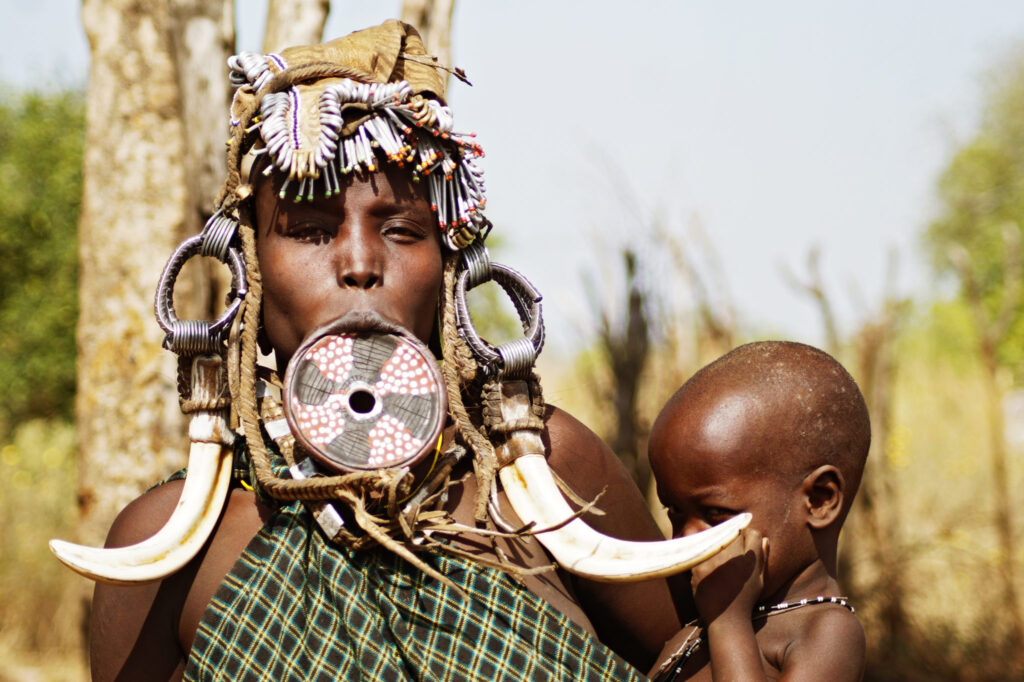
Mursi tribes are living in the Ethiopian areas close to the south Sudan border. Mursi tribe consists of 11500 members, which refer to themselves as the moon. They speak the mursi language. Similar to the east African agro-pastoralists.
They have distinct spiritual and religious practices they believe in tougui which appears in the sky like a rainbow, birds, or something else a person known as Komuru. Komuru acts as a link between the tribe and their god, he protects them from their cattle and crops. Mursi is among the latest groups of Africa which still wear lip plates on their lower lips at the age of 15 or 16 girls get their lips pierced.
Mudmen Tribe
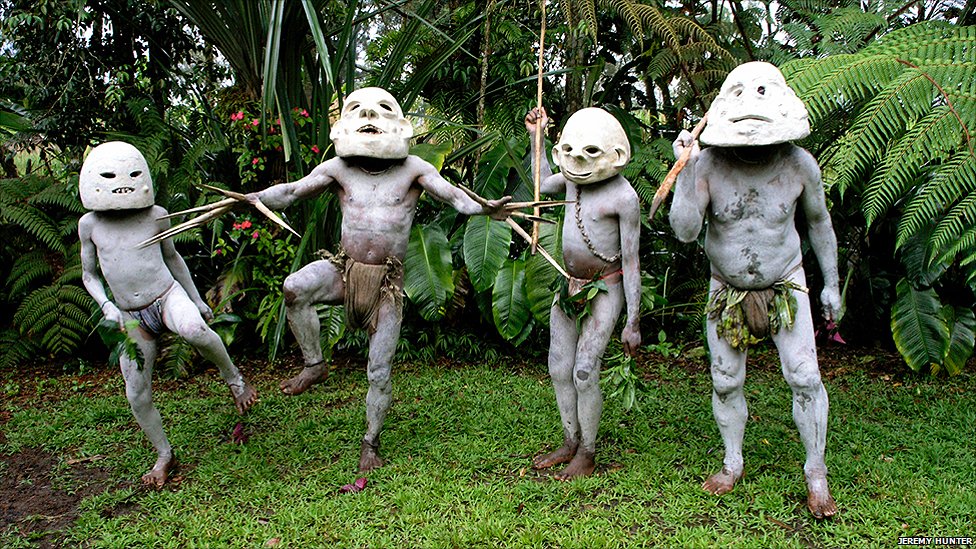
Mudmen tribe also known as Mudmen of Papua guinea is a small tribe residing in a village called Garoka located in eastern Iceland province of Papua New Guinea. Its members wear traditional costumes like a mask, made of mud. Some people believe they were defeated by an enemy tribe and forced to escape to the Asaro river where a man gave them ice to kill.
They waited till dusk the man who was given ice was thought to be caught but when he rose from the mud the enemy considered him to be a ghost and fled. People in Papua new guinea are afraid of ghosts when they returned to their village the enemies are still there but fled to their village being scared of their mud masks and holding ceremonies to ward off the spirits. As per legend, they made masks from pebbles as the Asara river was poisonous
Korowai Tribe
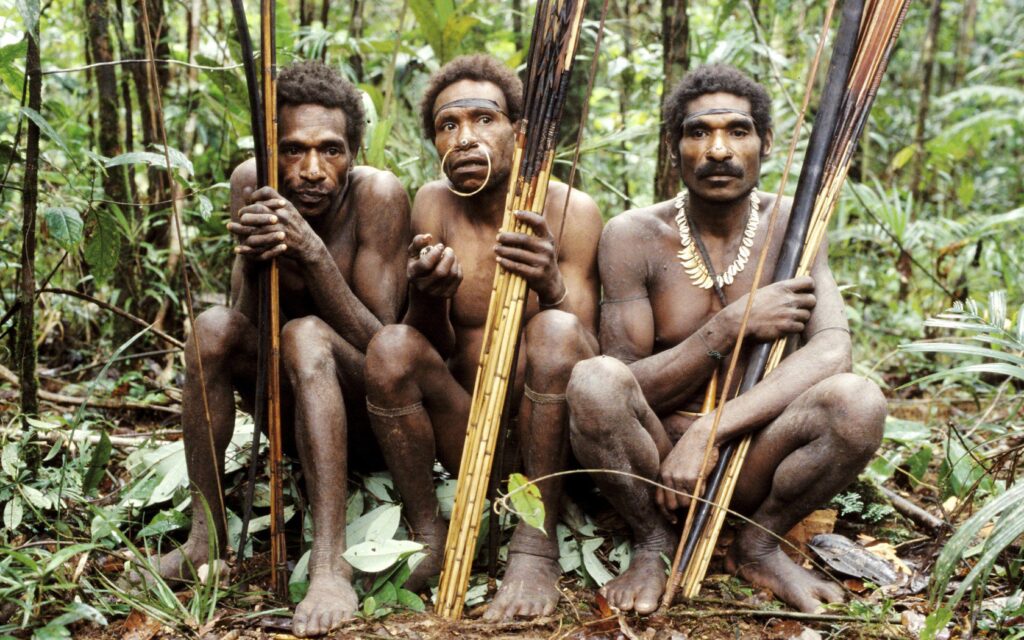
Korowai or kalufo tribes are inhabitants of the Indonesian province of papa near the border of new guinea. Presently they are about 3000 kalufo until the 1970s were they unaware of the people outside the tribes per the BBC they lived in the tree houses just for the benefit of overseas program makers.
Their homes are built above flood water levels. Some people believe they practice cannibalism as a form of justice. Anthropologists believe they no more resort to these practices
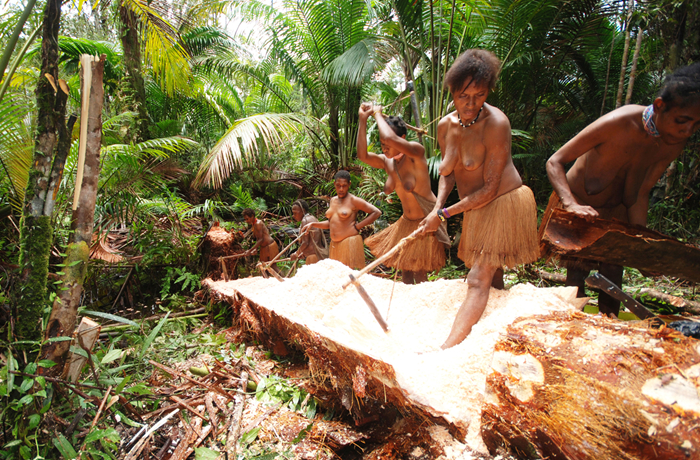
Simbu Tribe
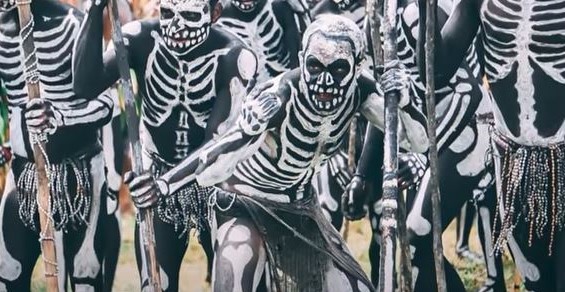
Chimbu or Simbu tribe is found in the central islands of Papua new guinea. In the early 1930s Australian explorers gave this name to the tribe, as they heard this word from the locals it was a form pleasant surprise in the common language.
They Lived in the Rugged mountain terrain of Simbu province they live in small settlements having oval houses with low thatched roofs flattened reed woven walls and dirt floors all men live in community halls. Whereas women and children reside in one place.
Recently some men and women have started living together. Pigs are their valuable assets and are used as exchange items in death rituals marriage ceremonies and for gratitude to women for giving birth to children. They also celebrate a pig-killing ceremony called apogla ingu. Hundreds of thousands of pigs are slaughtered cooked and distributed between tribes for maintaining relationships
kunsu Tribe
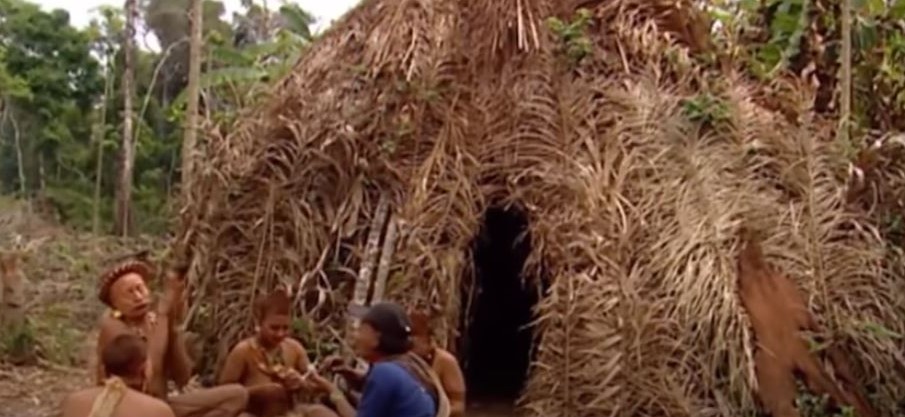
Kunsu drive is on the verge of becoming extinct as it has just four members they live in rondonia in brazil and they speak a peculiarakuntsu language. In the 1980s Brazilian cattle ranchers committed a massacre and almost eliminated the tribe this atrocity was committed as the ranchers believed if approached through official channels the forest would be declared as a reserve part for indigenous people and would not be available for cattle ranchers and loggers’ remnants of the tribes are hunters and gatherers and augment their food requirements with some agriculture. Tin the late 1990s officials’ contact was made with them just seven members two men and three women and two young girls
Cujareno people
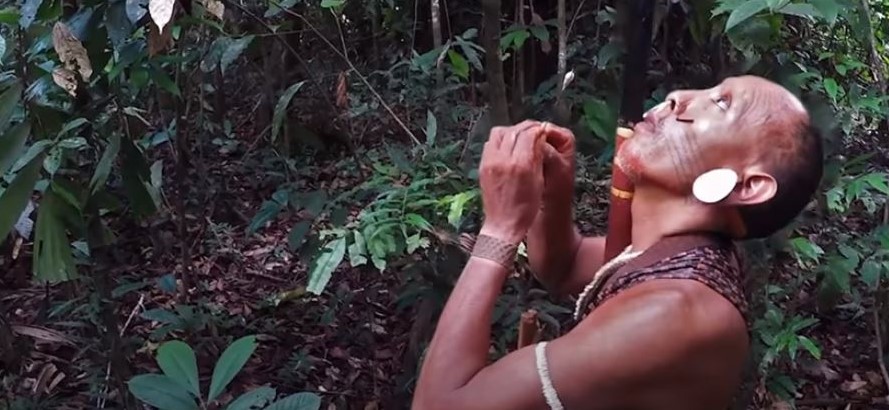
Cujareno people are also known as the namolis this namolis indigenous tribe is found in the most remote part of the amazon rainforest. They are hunters and gatherers they speak a dialect of the Peru language and they are mostly concentrated in the mamu national park in Peru’s Madre de Dios region . their current population is estimated to vary from 100 to 250 which is believed to be between 20 to 100 in the 1970s they avoid contact with nonnative people.
Some tribes members have contact with the outside world in the3 BBC reported that some had been asking villagers for food the PeruviaPeruviansohibited contact with them for ensuring their safety from modern diseases
The Dslala
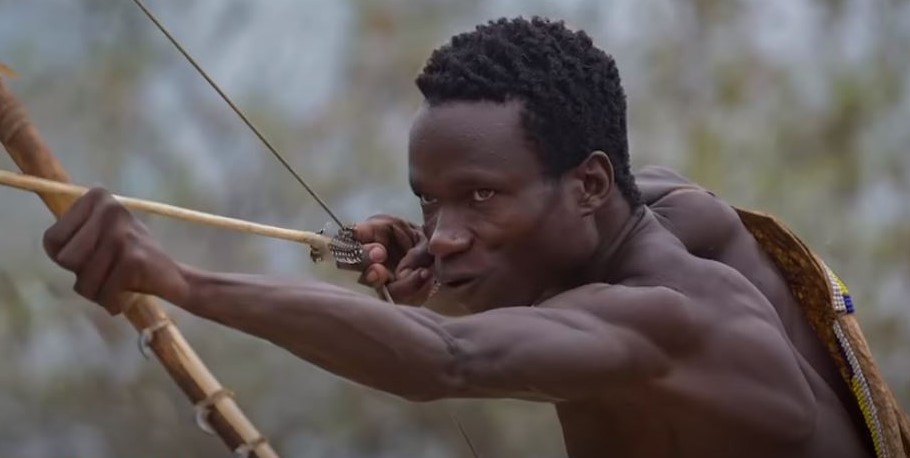
Dslala tribe inhabits the western amazon basis. Brazilian adventure Sydney pasuelo is the main source of information about this tribe he along with journalist paul Raphael connected the dslala people for the first time in 1996.
The tribe is believed to be one of the few tribes still living in isolation from the modern world however they experienced few violent interactions with the neighboring communities. The main tribe is limited to a population of about 150 members whereas an offshoot has approximately two dozen people the split in the tribe was caused when some members favored establishing contacts with the nearby settlement.
whereas the majority opposed the proposal they hunt and fight with clubs and at times also use poison darts they reside in communal huts called malacca and work for five hours a day the tribe practices infanticide. They also paint their bodies with red dye obtained from the euku plant they possess rudimentary knowledge of agriculture whereas their preferred food includes corn fish, birds, wild pigs, and fruits. The main cause of death in the tribe is malaria
Suri Tribes
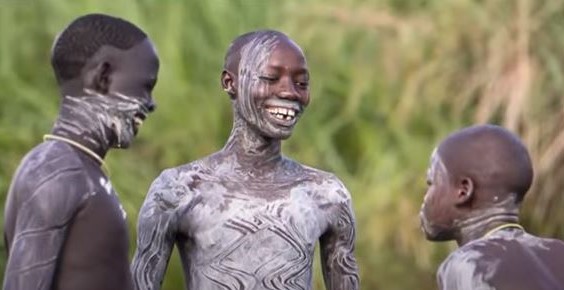
Tribe members of the Suri tribe are found in some areas of Ethiopia and south Sudan. In southwest Ethiopia, they have three groups. Termaga, Chai, and Bailey with a total population of 34000. Their traditional belief system revolves around the sky deity known as tumu a person called kimuru who works as a mediator bet been the tribes and the deity.
The Suri tribe in Ethiopia prefers to live in both remote and semi-arid plains foothills and valleys they interact with other people and have enmity with groups found in their neighborhood in Sudan who attack Ethiopian lands.
These rivalries have turned into serious issues as rivels have purchased automatic weapons from warring rebels of the Sudanese civil war series are proud of their district cultural practice such as women removing their lower teeth for becoming beautiful to getting married .piercing their lower lips and inserting a clay plate with increased exposure to the outer world. This practice is becoming less common
The Batac
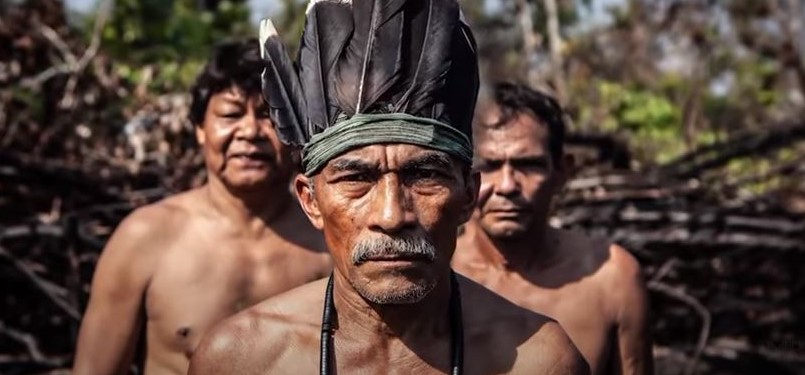
Batac living in northeastern Palawan big island in the northwest is the 140 indigenous group inhabiting the Philippines Throughout known history data is living in river valleys along the coastline of Puerto Princesa city as per the census data there are about 450 basic remainings.
They are petite having dark skin and curly afro-textured hair. researchers are not sure whether they belong to another tribe known as ada or if they originated from the different groups belonging to Indonesia or the Andaman islands their lifestyle is hunting and gathering they grow plants from the seeds and adopt a slash and burn farming method. They also trade with the maritime. People of the sulu region in the forest and the natural goods in return they get manufactured items attack men
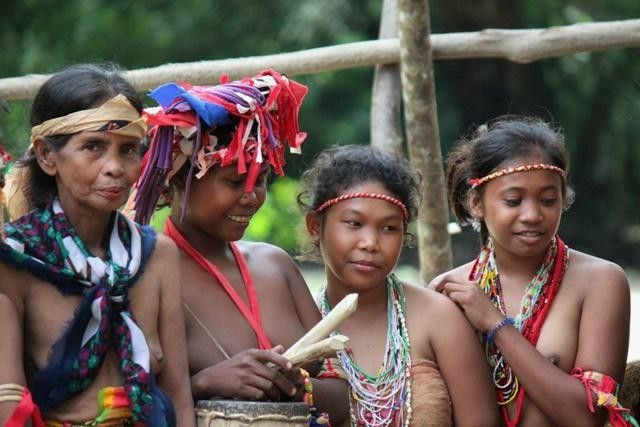
The Aboriginals

The aboriginal tribes are lives in Andaman and Nicobar Island. They are pre-Neolithic people who have been residing in Ireland for more than 55,000 years. And are segregated from the rest of the world during the 1960s government authorities attempted to make contact with them but failed due to their hostile behavior.
Ultimately government discontinued the efforts In the mid-1990s a buffer zone of five kilometers has been established around the ice land to protect the tribe from the diseases likely to be spread due to contact with the modern world and to ensure their sovereignty. Crossing the buffer zone is illegal.
Two fishermen who were harvesting crabs illegally off Iceland were not seen again. A Christian preacher who went to Iceland also never returned, Even two fishermen who went over through Iceland accidentally could not come back. Tribesmen fiercely attack anyone who tries to violate their boundaries
The Night Marchers

The night marchers are part of Hawaiian mythology and are supported to be frightening ghosts of ancient Hawaiian warriors on a night when Hawaiian gods are also honored the knight of Kanaloa appears from the burial places and rises from the ocean and moves in groups to the ancient Hawaiian battlefields.
Sacred sites they are average-sized persons wearing battle dresses and beating war drums they carry clubs and spears as per myth they remain suspended above the ground their march commences in the darkness after sunset and finishes before sunshine some times they can appear in the day as they escort a dying family member to the sporting world it’s believed that anyone looks upon them in defiance will die a violent death
